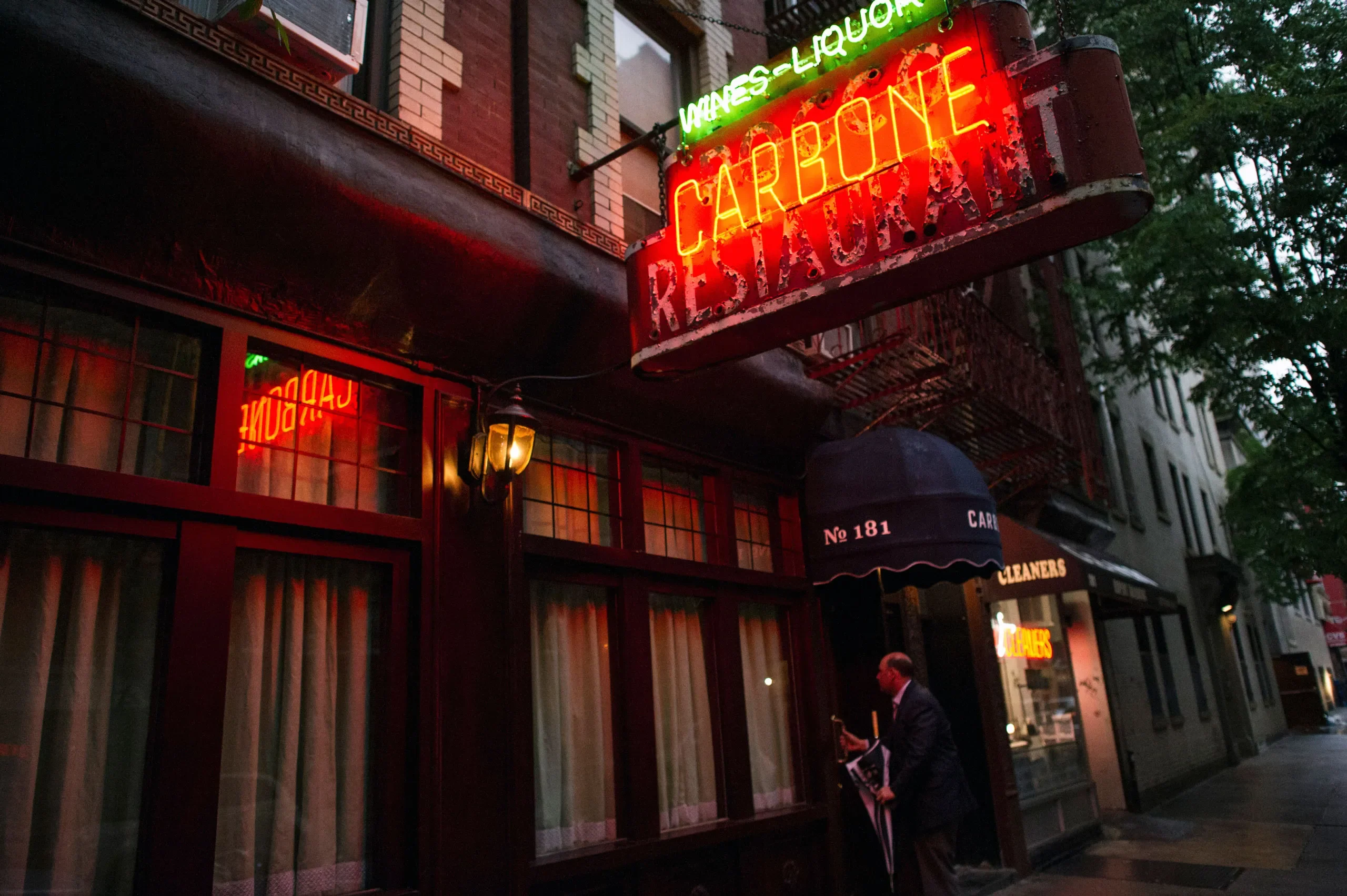
Athens: a modern city with ancient roots

E.R. Pulgar

Most people who have never been to Athens—and Greece, in general—wouldn’t associate the capital city of the empire that birthed Western culture with graffiti. The city is actually covered in some of the most creative, beautiful graffiti I’ve ever stumbled onto in my travels. From the murals lining O Tseligkas to the Modern Greek leftist ideas being tossed around within its walls, dissident culture has deeply rooted itself in Greece. The Parthenon continues to draw crowds, but Greece as it is now exudes a chic urbanity.
Dissident culture is alive in Greece, especially following the recent referendum. In a recent article from The New York Times, the burst of creativity in Athenian street art was documented, as was the manner in which the line between dissident graffiti and attempts at gentrifying certain neighborhoods was blurring. Art has dominated the city, and it even trickles into neighborhoods that aren’t oriented toward street art––as well as the ancient ruins that have come to define Greek culture.
From the visible graffiti to the bitter statement about the British Museum stealing important pieces of the Acropolis, dissidence even seeps into official statements. In the British Museum, they’re displayed as great cultural treasures that needed to be protected.
The bountiful murals and ancient temples aren’t the only thing that needs to be emphasized––Athenian sunsets are absolutely breathtaking. If your interests between the ruins and the city as it is now combine, you’ll have to do quite a bit of walking and climbing. Climb to the top of Filopappos Hill, and watch the sky turn purple, the landscape a mix of temples on the hilltops and apartment buildings below, LED lights from hotels and streetlamps just beginning to come on.
The view of the Parthenon post-sunset, illuminated by bright lights, exudes a mystique that can only exist when something so grand has been standing for so long. Take it all in, knowing the city’s modern context, and it makes it all the more bracing.


